If I want to save some square grid in R, that's easily done.
Say,
| | 0 | 1 | 2 |
|----|------|-------|-------|
| 0 | TRUE | TRUE | FALSE |
| 1 | NA | FALSE | TRUE |
| 2 | TRUE | TRUE | FALSE |
is stored as cartesian coordinate system
m <- matrix(data = c(TRUE, TRUE, FALSE, NA, FALSE, TRUE, TRUE, TRUE, FALSE), nrow = 3, ncol = 3, byrow = FALSE)
and existing methods and math work as expected:
apply(X = m, MARGIN = 2, FUN = "sum")
# [1] 2 NA 2
print(m)
# [,1] [,2] [,3]
#[1,] TRUE NA TRUE
#[2,] TRUE FALSE TRUE
#[3,] FALSE TRUE FALSE
(I know I can also reshape2::melt this into long form, but I like it wide, because that's what the UI looks like).
So far so good, familiar, intuitive.
Now enter the hexagonal grid.
I understand from Amit Patel's marvellous/authoritative introduction to hex grids that I really ought to save such a grid using a cube coordinate system, as in the above example, because otherwise (= with 2d cartesian coordinates plus offsets) linear algebra operations don't work anymore, and general code grossness ensues. I get that (I think).
(For more details, again, see Amit Patel's fantastic explainer).
Entering this data in wide form via array() seems completely bonkers, because many cells don't even exist (and NA is already used).
So I enter/store this in long form, like so:
df <- rbind(c(1, 0, -1, FALSE),
c(0, 1, -1, NA),
c(1, -1, 0, TRUE),
c(0, 0, 0, TRUE),
c(-1, 1, 0, FALSE),
c(0, -1, 1, NA),
c(-1, 0, 1, TRUE))
colnames(df) <- c("y", "x", "z", "value")
df
# y x z value
#[1,] 1 0 -1 0
#[2,] 0 1 -1 NA
#[3,] 1 -1 0 1
#[4,] 0 0 0 1
#[5,] -1 1 0 0
#[6,] 0 -1 1 NA
#[7,] -1 0 1 1
This dataframe has all the data, but doesn't "know" in any way, that x, y and z are diagonal coordinates.
How can I:
- store this in a wide form where I can easily use linear and matrix algebra,
- use established methods (say,
colSums(), orapply()) - as well as conveniently
printto something like this:
(SE won't even properly highlight this printed hex grid, hence the screenshot.)
What, in short, would be the elegant / recommended / canonical way to "natively" store such a hexagonal grid in R?
I am vaguely aware that I could probably implement my own S3 OO for this, though I was hoping that this might already exist in some form or another. I did find lots of packages that do hex binning on continuous data, but they didn't seem to deal with storing hex grids, or at least didn't expose those internals.


